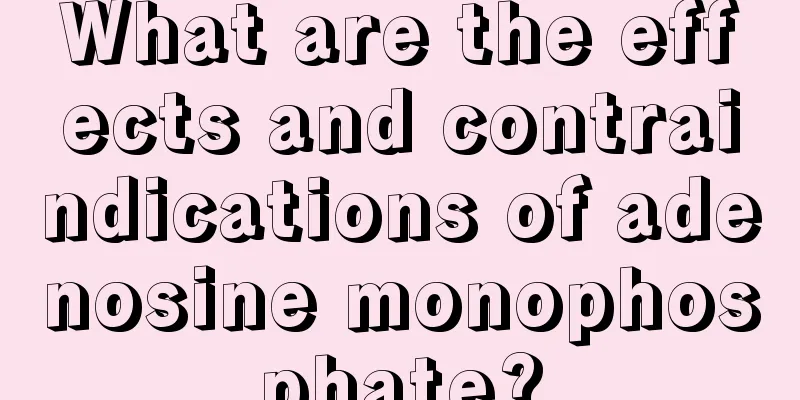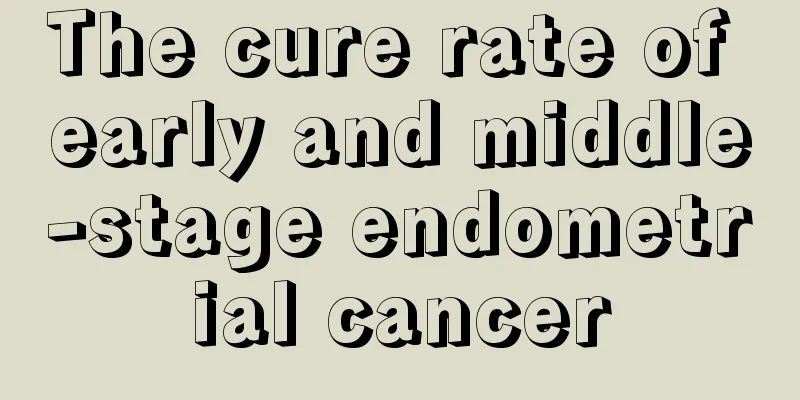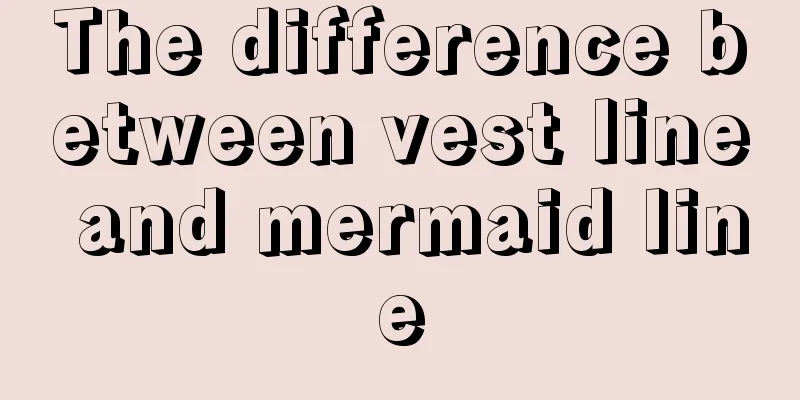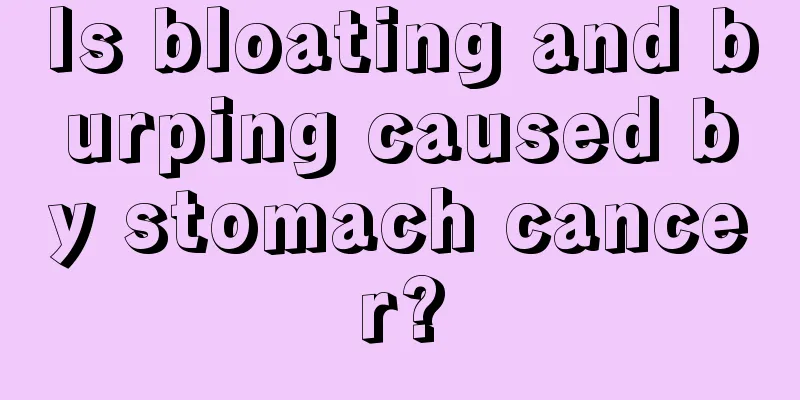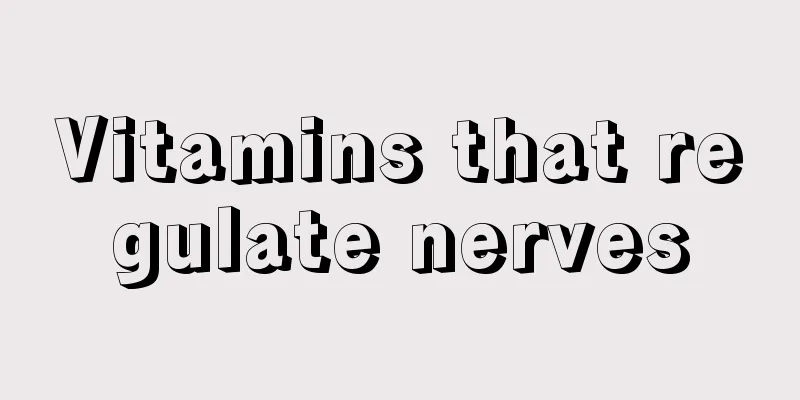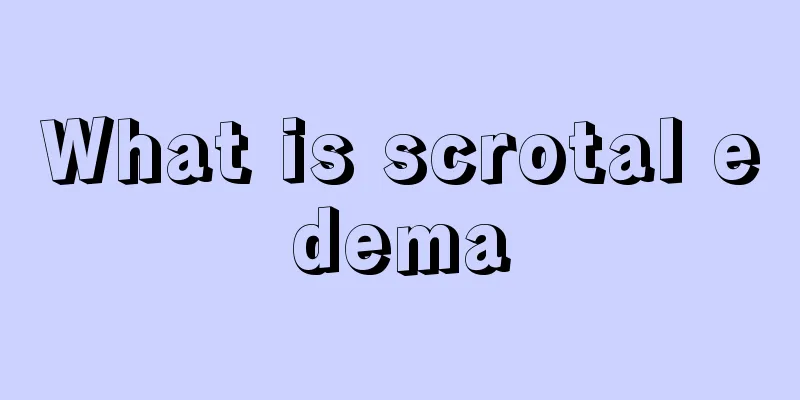The difference between glufosinate and paraquat
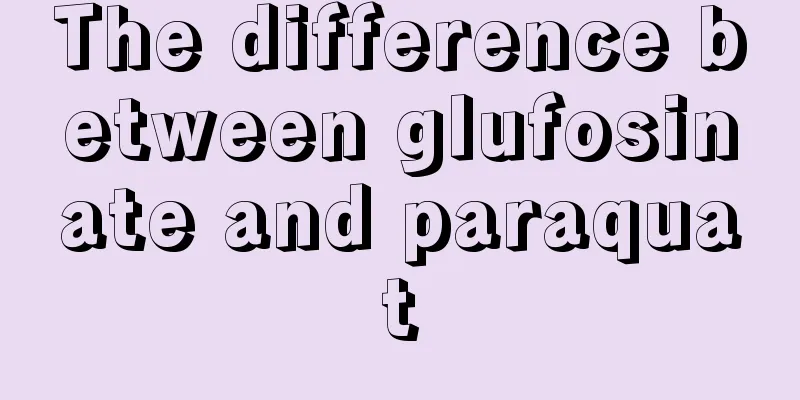
|
Glufosinate and paraquat are actually both chemical products used in agriculture. Glufosinate and paraquat are both commonly used herbicides. The speed of their effects is different, and the speed of paraquat's effect is greater than that of glufosinate. The difference between glufosinate and paraquat is that their medicinal properties are different. Both are good for weed control, but if accidentally ingested by the human body, they will pose a direct threat to life. Glufosinate belongs to the phosphonic acid herbicide, is a glutamine synthesis inhibitor, and is a non-selective contact herbicide. It controls monocotyledonous and dicotyledonous weeds at 1-2 kg/ha (glufosinate ammonium). It is transferred within the leaves but cannot be transferred to other places. After glutamine synthesis is inhibited, ammonium ions accumulate and the photosynthetic layer is destroyed. It is a broad-spectrum contact herbicide with weak systemic effect. Unlike glyphosate which kills the roots, glufosinate kills the leaves first and can be conducted in the xylem of the plant through plant transpiration. Its rapidity of action is between paraquat and glyphosate. herbicide Glufosinate belongs to the phosphonic acid herbicide, is a glutamine synthesis inhibitor, and is a non-selective contact herbicide. It controls monocotyledonous and dicotyledonous weeds at 1-2 kg/ha (glufosinate ammonium). It is transferred within the leaves but cannot be transferred to other places. After glutamine synthesis is inhibited, ammonium ions accumulate and the photosynthetic layer is destroyed. Glufosinate is a systemic broad-spectrum herbicide known for its strong systemic conductivity. It can not only be transmitted to the underground parts through the stems and leaves, but also be transmitted to different compartments of the same plant. It has a strong destructive power to the underground tissues of perennial deep-rooted weeds. It has a broad spectrum of weed control and is absorbed through the green parts of the plant, killing the weeds with their roots. It has a preventive effect on monocotyledons and dicotyledons, annual and perennial herbs and shrubs. This product can be used in orchards, vineyards, and non-arable land to control annual and perennial dicotyledonous and grass weeds. Applying 5-6L/ha can control Alopecurus strychnifolia, Digitaria sanguinea, Echinochloa crusgalli, Hordeum vulgare, Lolium multiflorum, Setaria viridis, Setaria officinalis, wild wheat, and wild corn. It can also control perennial grass and sedge weeds, such as Duckgrass, Hairgrass, Fescue, Velvet, Ryegrass, Paspalum distachyon, Phragmites australis, and Poa annua. 3-5L/ha can prevent wild oats, brome, bluegrass, hot pepper, pigweed, taro, wild sesame, nightshade, chickweed, forget-me-not, etc.; 7.5-10L/ha can prevent creeping ice grass, creeping bentgrass, cyperus rotundus, carex, bermudagrass, Amaranthus retroflexus, etc. To control broadleaf weeds, the pesticide should be applied at the beginning of vigorous growth, and to control grass weeds, the pesticide should be applied at the beginning of tillering. Use 1.52-20kg/ha to control raspberries and ferns in forests and alpine pastures. Paraquat, whose chemical name is 1-1-dimethyl-4-4-bipyridinium cationic salt, is a fast-acting herbicide with contact killing and certain systemic effects. It can be quickly absorbed by the green tissues of plants, causing them to wither and die. It has no effect on non-green organizations. It quickly combines with the soil and becomes passivated in the soil, and is ineffective on plant roots, perennial underground stems and perennial roots. Paraquat is extremely toxic to humans and there is no specific antidote. The mortality rate from oral poisoning is extremely high. It has been banned or strictly restricted in more than 20 countries. Since July 1, 2014, China has revoked the registration and production license of paraquat aqueous solution and stopped production; however, it retained the registration of aqueous solution for export overseas by raw material manufacturers and allowed production exclusively for export. The domestic sale and use of aqueous solution was stopped on July 1, 2016. |
<<: The fastest way to expel toxic gas from the body
>>: Can moxibustion cure leg pain?
Recommend
What are the basic requirements for sports training?
Some people exercise to keep fit or lose weight. ...
What should I do if I like a married man?
When facing love, everyone will inevitably make s...
Is the bladder instillation process painful?
Bladder instillation is a relatively common treat...
The difference between cerebral embolism and cerebral infarction
Cerebral embolism and cerebral infarction are two...
Do latex pillows have mites?
If there are elderly people or children at home, ...
Treatment of residual gastritis and residual gastric cancer
What is gastric remnant cancer? Gastric remnant c...
What are the effects of lycopene capsules?
Lycopene capsules may be relatively unfamiliar to...
What's the matter with white rice grains growing on the eyelashes?
We often find small white grains growing on the e...
What are the imported drugs for bladder cancer
Bladder cancer is one of the common tumors. The m...
What is the reason for back pain from long-term sitting
For office workers and students, they mainly sit ...
What to eat for dry heat and cough
After catching a cold, you will experience heat a...
Where is the most professional place to treat bile duct cancer
Many people are very eager to be cured after bein...
Brief introduction to what is vaginal melanoma
As a common type of melanoma, vaginal melanoma se...
Is it good to rinse your mouth with salt water?
Salt has many functions. It is not only a basic l...
When is the best time to eat avocado
Avocado is a common fruit in our lives. It has a ...
